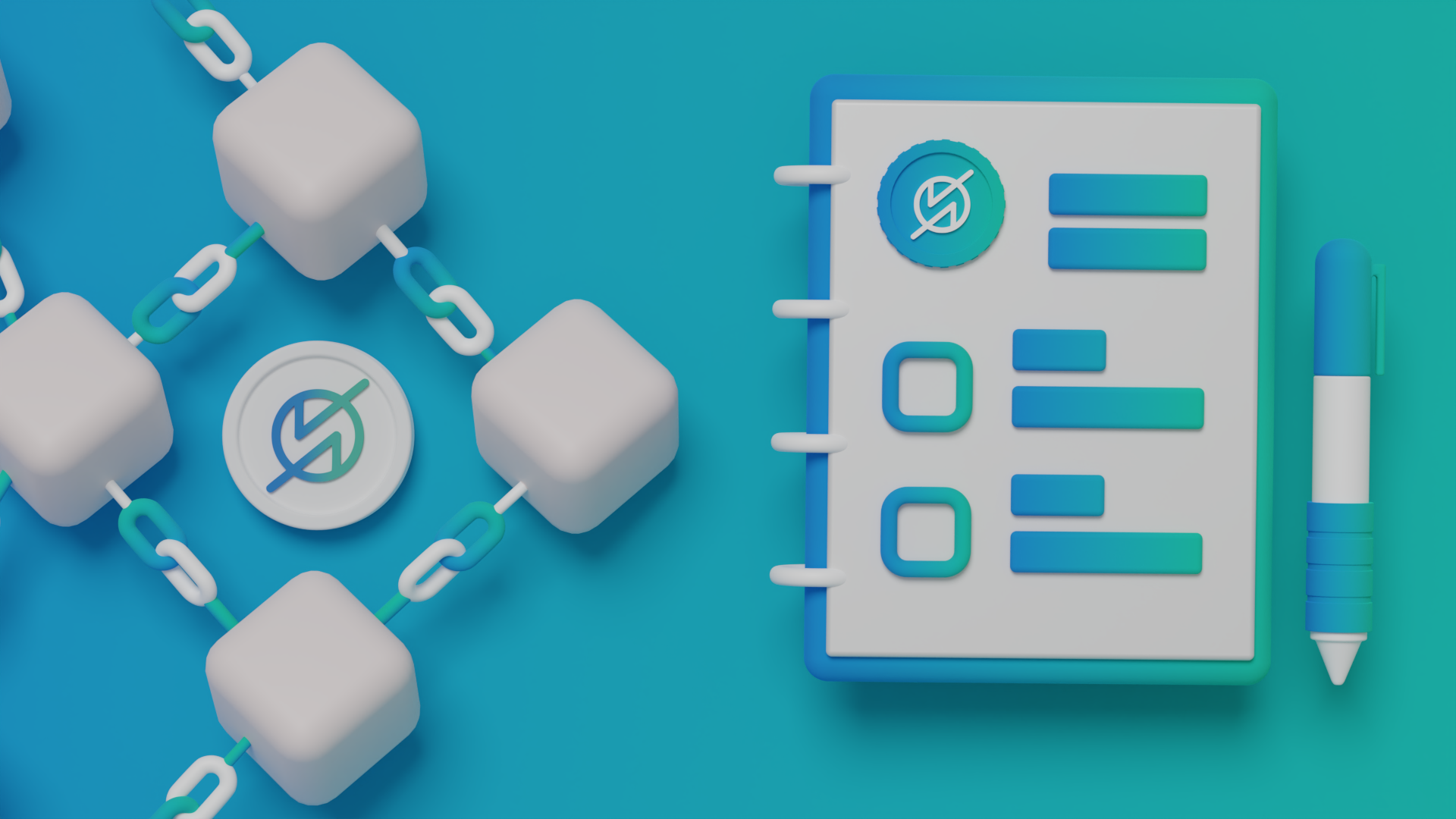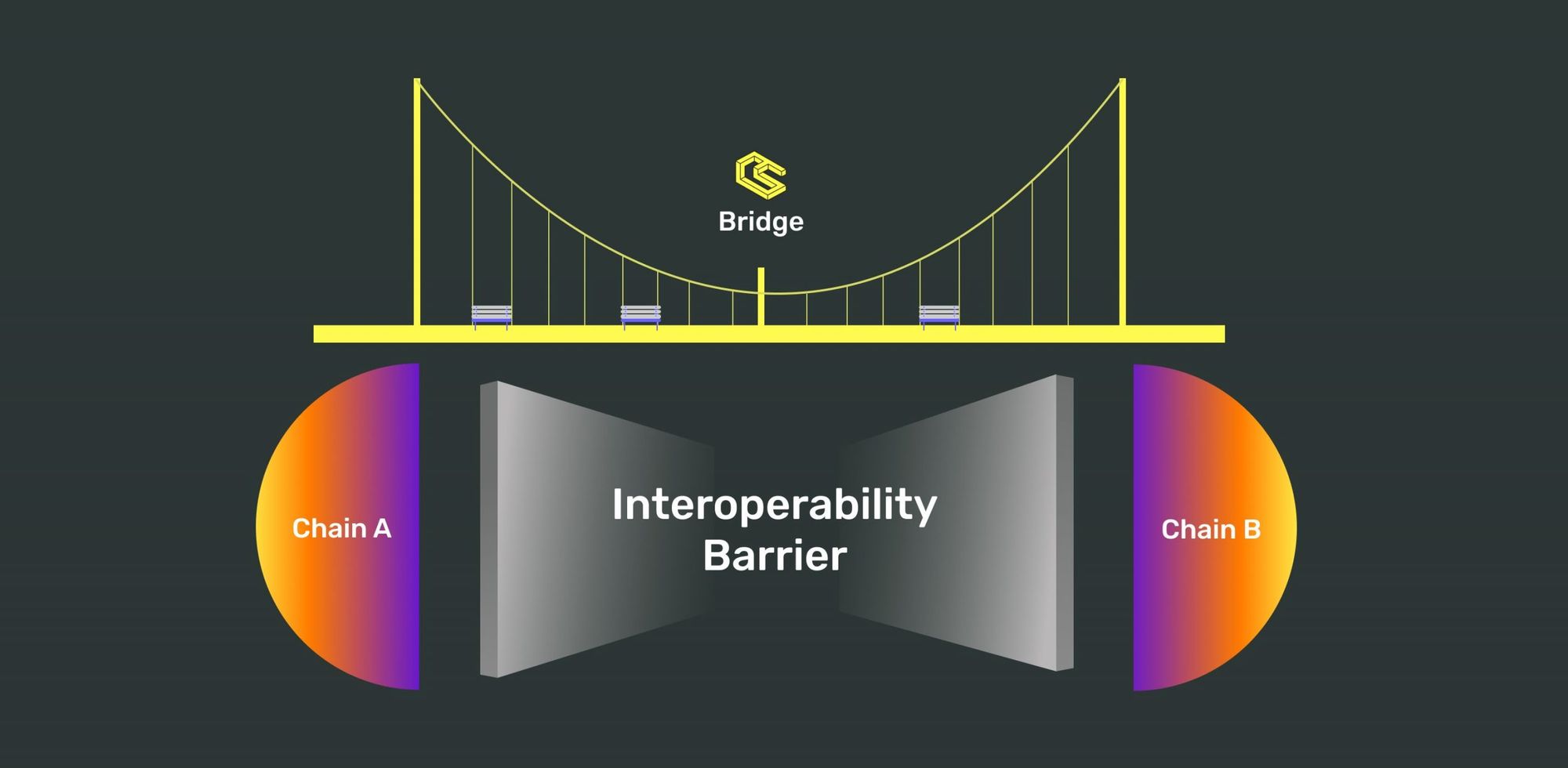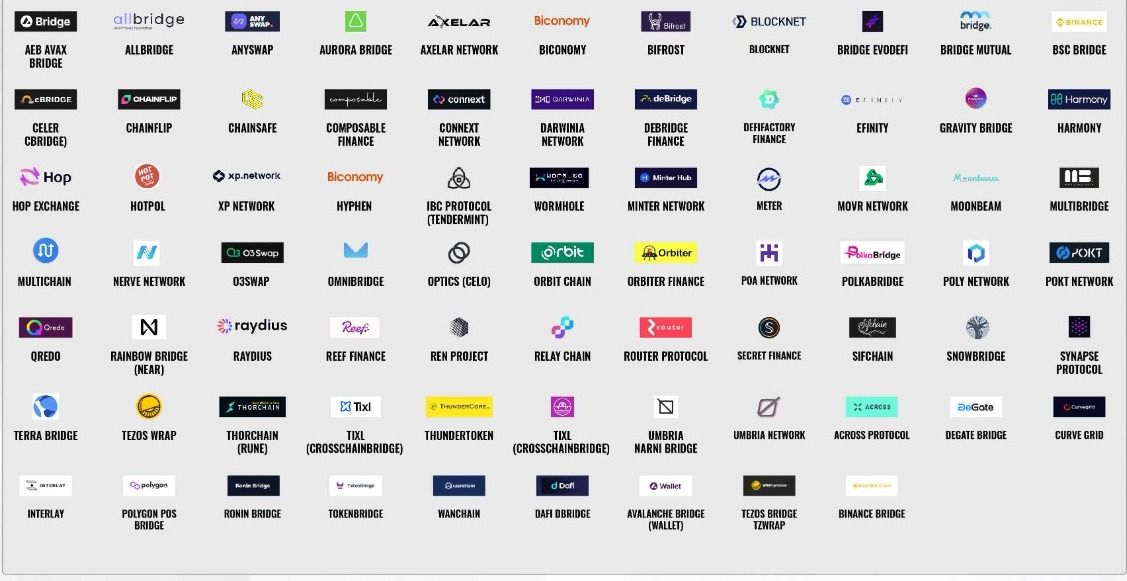What are Cross-Chain bridges? Why are they important?

What is Cross-Chain?
Well, in a decentralized system, everything should be able to move freely from one chain to another. So, as we can send emails from Gmail to Yahoo similarly, blockchain should also be able to transfer data seamlessly from one blockchain to another.
Cross-chain technology aims to improve blockchain communication by creating and deploying interoperable blockchain systems where users can communicate directly using the cross-chain protocol and exchange value and information.

The importance of Cross-Chain in the blockchain:
- Cross-chain helps in connecting two or more independent blockchains. So the technology is used to transfer and facilitate token swaps, information such as assets, transaction receipts, and virtual contracts.
- Cross-chain helps in transactions with other blockchains, which allows them in scalability due to the limited interoperability of current blockchain techniques. Furthermore, as this technology makes it feasible for users to communicate with other blockchain networks, it is now possible to take advantage of several blockchains' speeds and scalability.
- Cross-chain is also essential in blockchain because it helps keep the market monopolization by big businesses.
So how exactly does the blockchain exchange data around its usage? Well, each network takes a different approach to blockchain interoperability to enable transactions without third-party connections.
For example, Atomic Swaps are exchange gateways that let two parties exchange tokens between various blockchains. This method does not require the permission of a centralized party to facilitate transactions. Instead, it allows peer-to-peer token exchange between users, making it decentralized. Though it is not a perfect medium, it allows for transactions to be carried out between chains.
So, this is how the cross-chain exchanges the data for its usage, according to its process and convenience.
Cross-Chain Growth
After the pandemic, many people and companies have started using decentralized currency. As more and more people have started using crypto, its growth looks bright. Blockchain has transformed many industries with its easy and decentralized transactions, and now with cross-chain, it is going one step ahead as now one can do multiple transactions with multiple blockchains using cross-chain.

There is a necessity for cooperation among blockchain users as the number of users grows. Blockchain has allowed financial organizations to replace centralized and outdated infrastructure. Looking at the current industry trend and growth of decentralized currency, cross-chain has so many sectors to grow and give businesses a decentralized platform for transactions.
Issues & Problems
Cross-chain has not been perfect. It comes with its own set of issues and problems. One of the issues is that cross-chain bridges are highly complicated systems that manage numerous requests and store significant sums of money. In addition, cross-chains, in contrast to blockchain networks, are third-party infrastructures that are not intrinsically secure and decentralized. Not to mention that most cross-chain bridges support many blockchains, and with each extra chain comes a higher risk of a bug or vulnerability in the code. To put it another way, if more networks are interconnected, there are more chances of the chain getting vulnerable to being attacked.
Five hours ago, an attacker stole 2 million BNB (~$566M USD) from the Binance Bridge. During that time, I've been working closely with multiple parties to triage and resolve this issue. Here's how it all went down. pic.twitter.com/E0885Dc3lW
— samczsun (@samczsun) October 6, 2022
As most bridges are off-chain solutions, they cannot take advantage of the immutability and decentralization of the blockchain ledger. Moreover, even though different blockchain networks are designed in other programming languages, it can be challenging to connect them. In the worst case, a poor cross-chain bridge could also transmit a blockchain's weaknesses to another network, which could become a problem. So, to solve this delicate, vulnerable cross chain have to work on different solutions.
Last, cross-chain hacks and security concerns in the current system.
Since July 2021, 11 large cross-chain bridge attacks have occurred, involving more than $2 billion. Chart by @BlockSecTeam Vitalik has warned about cross-chain security risks before . https://t.co/yV1qwAlWIj pic.twitter.com/rC8tE5aY54
— Wu Blockchain (@WuBlockchain) October 7, 2022
Future of cross-chain
The industry has changed with time, especially when something like COVID hit. After and during the lockdown, cross-chain technology has grown. The industry has developed from creating new cryptocurrency assets for use in transactions to creating decentralized finance and cryptocurrency games. More interesting is that entrepreneurs are developing new ideas faster than ever, drawing VC (Virtual Currency) funding worldwide.
Currently, Cross-chain technology is still developing as a technique for enabling blockchain interoperability. This will not be simple, given the difficulties and limitations that the leading blockchain networks currently face. The necessity for cross-chain interoperability should extend beyond the safe transfer of tokens to include the safe and secure transfer of sensitive data.
Cross-chain technology, despite still being in the development stage, significantly improves blockchain compatibility. As a result, it will eventually become a practical method for promoting future interoperability solutions.
About ZeroSwap
ZeroSwap provides users with a simplified way to swap on multichains with zero gas fees. We pay gas for users when they swap on-chain using meta-transactions.
We are live on Binance Smart Chain, Polygon, Avalanche, and Fantom and plan to integrate Optimism, CELO, Aurora, and Ethereum Chain soon.
In addition, our product suite includes the Gasless ZeroSwapDEX, Staking, IDO platform ZeeDO and our native Bi-directional Bridge, and a B2B Service Based Product called DeFi Wizard.
Join Us!
Website | Announcement Channel | Discord | Telegram | Twitter | Zeroswap Ecosystem | Reddit

